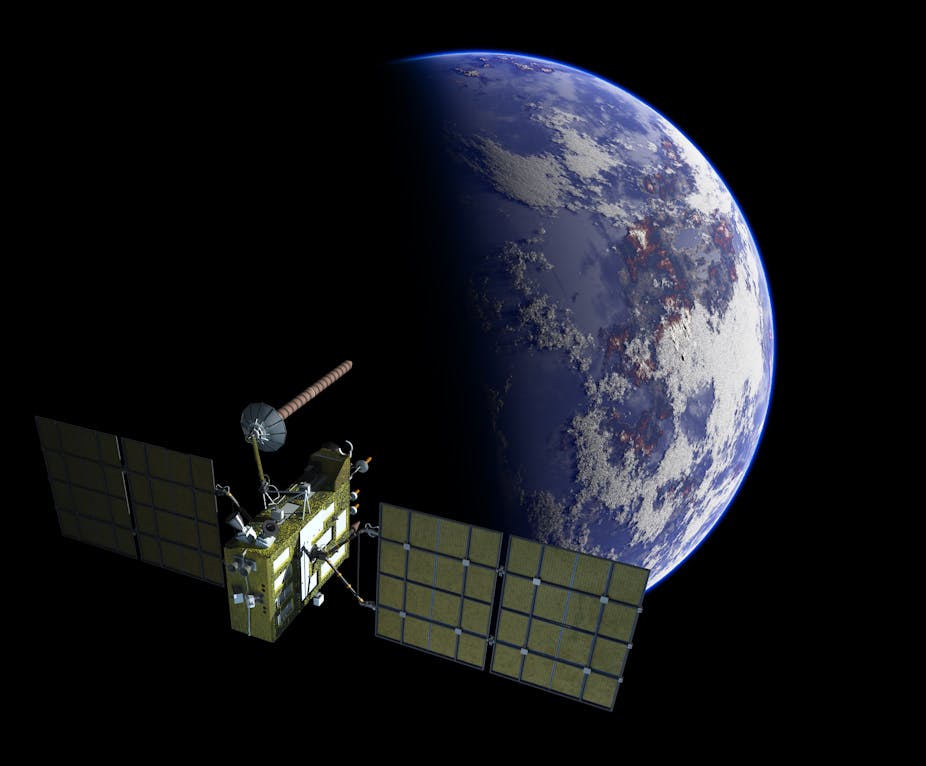GPS monitoring has been introduced as a potentially revolutionary technology to solve the problems that beset modern prisons - chronic overcrowding, uncontrolled costs, and the failure to correct behaviour – without compromising public safety. That, at least, is how its advocates represent it.
The Victorian Government has announced its intention to use GPS technology to track suspected and convicted arsonists. As authorities warn that the bushfire season of 2012-2013 could be extremely serious, the timing could hardly be more appropriate.
The Government ambitiously hopes that the technology will provide them with “the ability to track offenders in any location across Victoria, Australia or around the world”, and “the ability to track offenders in real time,” while its objectives are to ensure “a greater deterrence as offenders know they are under constant surveillance,” and superior correctional response as officers will be able to “quickly identify last known locality of offenders who abscond”.
All these objectives have problems. The technical requirements – global, real-time tracking – are all achievable with currently available active GPS systems, though subject to limitations such as interrupted signals, and the existence of dead spots. But these can be fixed by incorporating omni-directional antennae into the units, and zoning the monitored individual’s movements to avoid problem areas.
If technical and management issues can be overcome, does it make economic sense to sentence convicted criminals to monitoring?
Advances in technology and commercial availability have driven down prices to a point where prisoners may be supervised for $10 per day. But the real costs coule be much more. GPS monitoring may cost three times as much as the theoretical baseline because of the need for 24-hour availability to respond to incidents, and the time required to investigate false alarms and tamper issues.
The more pressing issue is whether this turn to techno-governance will achieve its social ends, and if so, at what cost?
The effectiveness of GPS monitoring is the subject of broad debate. Given that imprisonment cuts prisoners off from support structures such as family and friends, and deprives them of a livelihood, monitoring that allows a prisoner to keep his job, live at home and remain in the community may reduce the rate of recidivism. Studies of monitored sex offenders in California and Florida support the conclusion that rates of reoffending are lower than they are for incarceration. Similar effects have been noted in the Northern Territory, New Zealand and Sweden.
One issue that GPS raises is what it means for the state to adopt a form of surveillance which the target cannot detect, avoid or prevent, and to progressively aggregate to itself the ability to train its unrelenting, targeted gaze on private activities in order to build a comprehensive picture of the individual.
Of course electronic monitoring does not constitute an invasion of privacy when it is done with the full and informed consent of the monitored person. But if the monitored person is in effect a prisoner, are privacies that would be respected in a cell being erased in the world beyond it?
In the US Supreme Court case of Lanza v New York the court decided that the Constitution’s Fourth Amendment guarantee to privacy even in public places, stops at the prison walls. Prisoners, because they are knowingly surveyed, cannot expect privacy.
In Victoria, prisoners’ rights as citizens are balanced against a public interest test designed to preserve the order and security of prisons and society. But the Victorian Charter of Human Rights has been used to enhance the recognition of those rights.
The Australian Law Reform Commission recommendation on privacy laws includes adopting the reasonable expectation of privacy standard, similar to the US.
The GPS tracking of individuals highlights the increasingly restricted space in which individuals can expect privacy. It also shows the redundancy of privacy laws which continue to be based on an outdated distinction between private and public physical space.

